Nature Futures Framework – FAQ.
What is the Nature Futures Framework?
The Nature Futures Framework (NFF) was developed by IPBES and represents a flexible tool to support the development of scenarios and models of desirable futures for people, nature and Mother Earth (Rosa et al., 2017; Pereira et al., 2020; IPBES, 2022). The framework captures diverse, positive values for human–nature relationships in a triangular space, with three different value perspectives of nature at each of the corners, namely: nature for nature, nature as culture and nature for society (Fig.1).
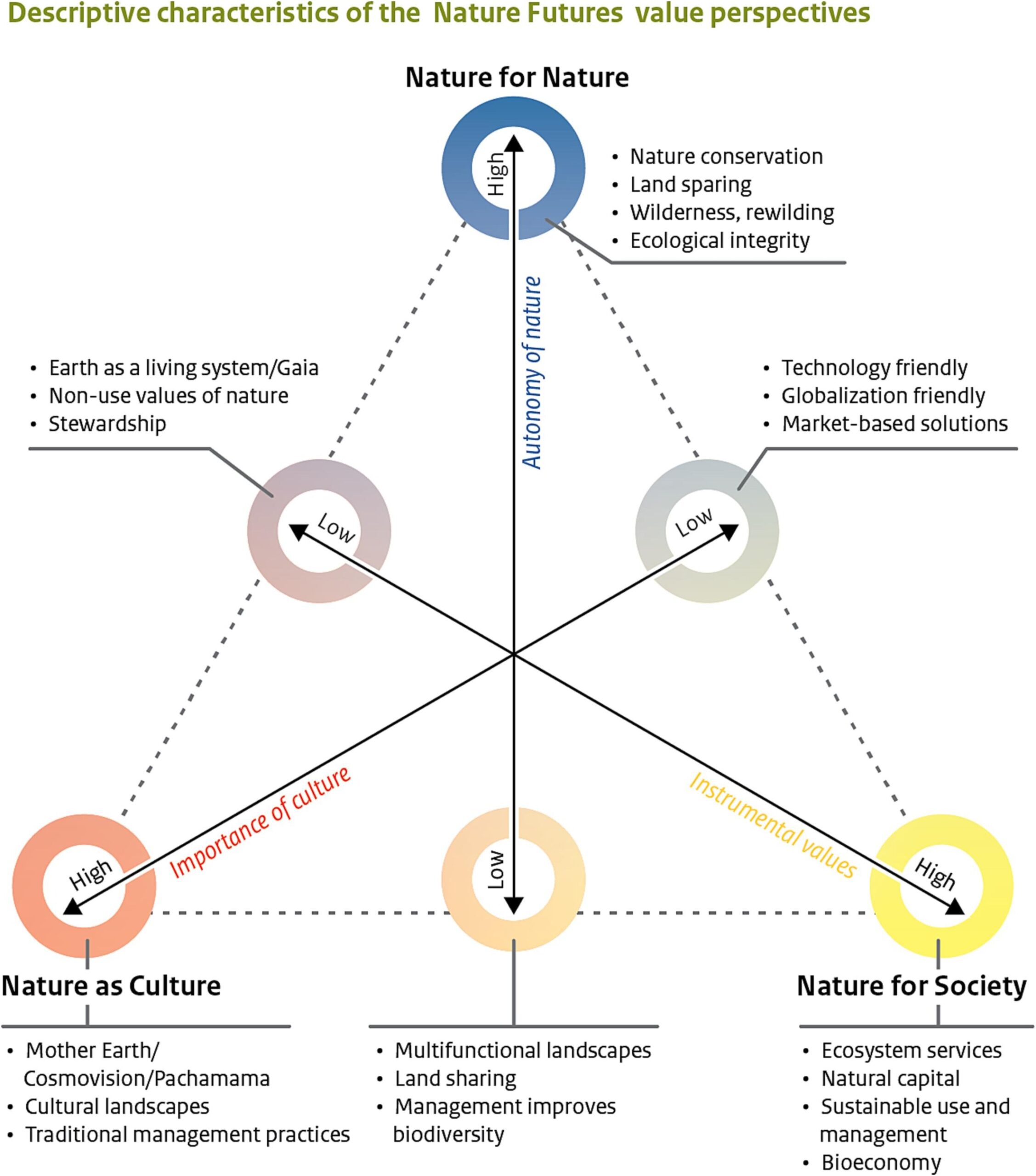
Fig. 1. Descriptive characteristics of the Nature Future value perspectives and the space between these perspectives where the values converge. Figure source: Kim et al. 2023.
What is the IPBES?
The Intergovernmental Science-Policy Platform on Biodiversity and Ecosystem Services (IPBES) is an independent intergovernmental body with the aim to strengthen the science-policy interface for biodiversity and ecosystem services for the conservation and sustainable use of biodiversity, long-term human well-being and sustainable development. Overall, the main objectives of IPBES are to:
• Synthesize knowledge
• Catalyze knowledge generation
• Provide capacity building
• Support policy
What are the differences between the three value perspectives described in the Nature Futures Framework?
Nature for Nature – perspective that identifies the intrinsic value of nature. Nature has value in and of itself, and the preservation of nature’s diversity and functions is of primary importance. For instance, in this perspective, most natural areas are often described as being under strict protection, which means that human intervention and use of natural resources are either not permitted or restricted. Ideas such as non-management, rewilding (the process of letting nature take its course and the environment evolve on its own by creating the right conditions for this to happen), resilience to disturbances and no extractive uses are key to this scenario.
Nature for Society – perspective that identifies the instrumental value of nature. Nature is primarily valued for the benefits or uses people derive from it, and which could lead to an optimization of multiple uses of nature. In this perspective, ecosystems are managed to prioritize and enhance the provision of ecosystem services, through adoption of Nature Based Solutions. For instance, agricultural production takes place in multi-functional landscapes where agroecological practices are adopted (e.g., organic fertilization, biological pest control, reduced or null tillage). These practices contribute to enhance regulating ecosystem services, like nutrient cycling, biological N fixation, natural regulation of pests, soil and water conservation, biodiversity conservation, and carbon sequestration.
Nature as Culture – perspective that identifies the relational value of nature. Humans are perceived as an integral part of nature, and therefore what is valued is the reciprocal character of the people–nature relationship, with people shaping nature (e.g., cultural landscapes) and nature shaping people. Here, emphasis is given to the heterogeneity of cultural landscapes and traditional land use practices, belief systems, and experiences that connect people to specific landscapes (e.g., wine routes, transhumance of livestock). Community based landscape management is promoted, with biodiversity friendly farms and re-flourishing of rural villages.
What is the overall goal of the Nature Futures Framework?
The three value perspectives from the Nature Futures Framework recognize that there is a plurality of values of Nature and associated reasons for why individuals and institutions want to conserve Nature. Using the Nature Futures Framework allows to explore and contemplate different scenarios along three value gradients, where nature is valued differently, but remains central and present in all perspectives. This includes:
(i) the autonomy of nature (e.g., wilderness, the right of nature to exist without human intervention or control),
(ii) the instrumental values of it (e.g., the human need of nature, as being able to sustain human society through ecosystem services provisioning)
(iii) the importance of culture in shaping and being shaped by nature (e.g., Mother Earth concept, that represents the impersonation of nature and the dependence of human existence from it).
However, it is important to note that these three value perspectives are a simplification of a hyperdimensional space representing the multiple and varied perspectives of individuals and communities about nature (Kim et al., 2023).
How would the three value perspectives look like in a concrete example?
An example illustrating the differences of the three perspectives in an urban environment has been developed by Mansur and colleagues (2022). In this scenario, the value perspective could be described as the following:
Nature for Nature: In the Nature for Nature future (Fig. 2a), there is more space for natural areas and biodiversity, enabling ecological processes to operate with little to no human intervention. Here, cities are designed to accommodate dynamic natural processes, such as animal dispersal and floodplain connectivity. Urban development is compact with extensively consolidated greenspaces to better protect and safeguard sensitive and endemic species. Natural habitats are protected and there is space for urban forests and wild parks, which are restored and sustained with native species, increasing ecological connectivity.
Nature for Society: In the Nature for Society future (Fig. 2b), there is a deployment of nature-based solutions (NBS), for example, enhancing the use of green and blue infrastructure such as constructed wetlands and urban tree planting. These nature-based solutions are designed solely to provide a range of ecosystem services, including clean air and water as well as providing new habitats for promoting biodiversity.
Nature for Culture: In the Nature as Culture future (Fig. 2c), people have opportunities to enjoy nature as culture in a multitude of ways, actively engaging with nature in activities contributing to social cohesion, sense of place, cultural identity, and stewardship of nature, through which people actively take care of the environment. Important historical sites, such as botanical gardens, urban parks, and sacred sites, that represent the city’s relationship with nature, are protected and well-managed.
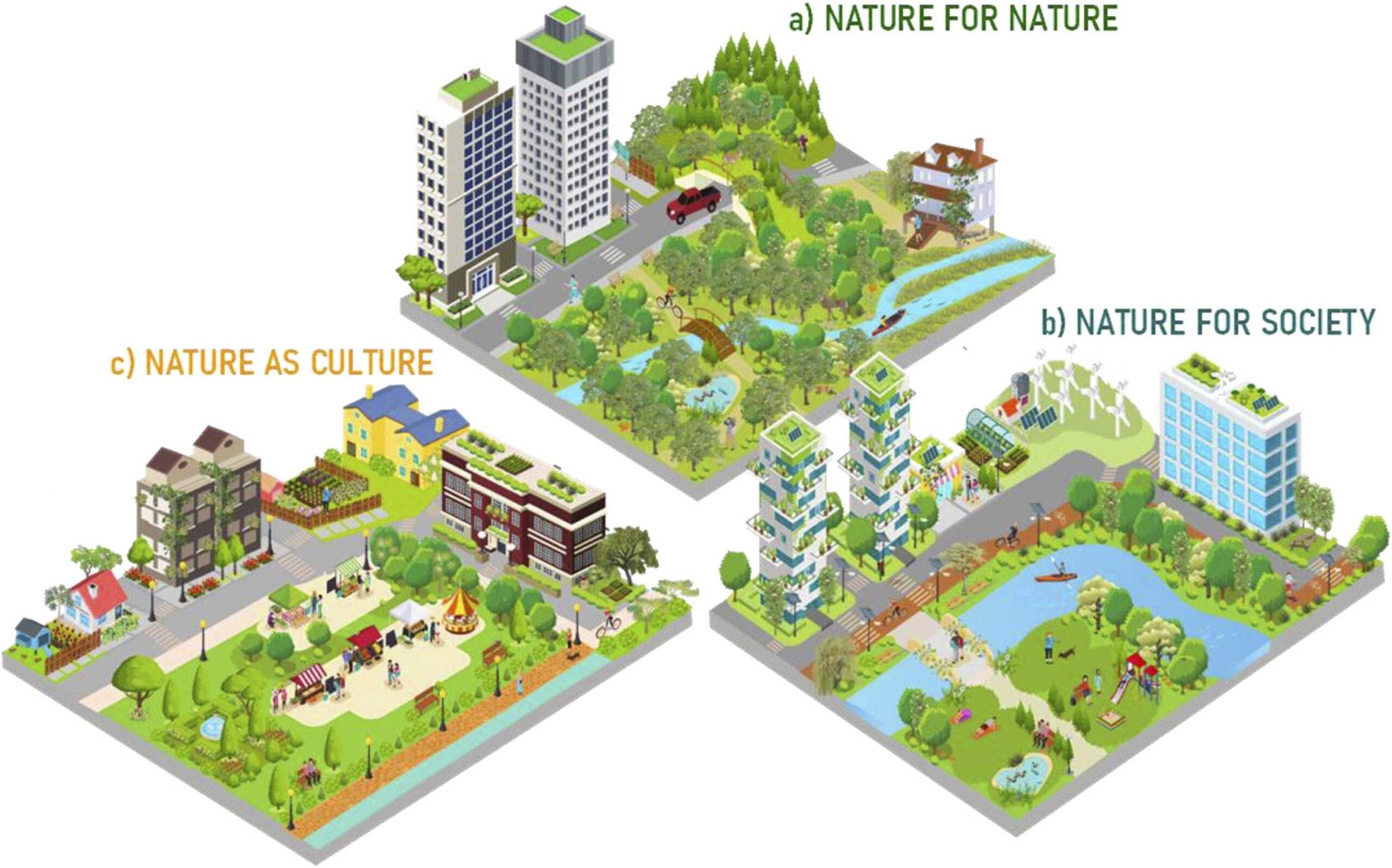
Fig. 2. Visual representations of the visions for each of the three Urban Nature Futures.
Figure source: Mansur et al., 2022.
How is the NFF related to the NaturaConnect project?
NaturaConnect is using the NFF to develop multiple narratives that describe the possible futures of thelandscapes in Europe. Using the NFF and participatory processes, we aim to capture the plurality of values to describe with words the characteristics of land use, conservation and restoration pathways that achieve the targets of the European Union Biodiversity Strategy for 2030. The written storylines will be later translated in quantitative scenarios, using models and simulations, that provide spatial information and temporal trends of important indicators, e.g., relative abundance and distribution of species of community importance, connectivity of the protected area system, provision of recreational services, etc.
What is a cultural landscape?
From a theoretical point of view, cultural landscapes reflect the cultural and spiritual relationships of people with nature and the socio-cultural dimension inherent to specific techniques of land use that guarantee and sustain biological diversity conservation and sustainable use (IUCN, 2014; UNESCO, n.d.). They may possess significant natural values and embrace diverse tangible and intangible expressions of human interaction with the natural environment. Physical features of cultural landscapes can include trees, buildings, pathways, water bodies – basically any element that expresses cultural values and the history of a site. Cultural landscapes also include intangible elements such as land uses and associations of people that influenced the development of a landscape.
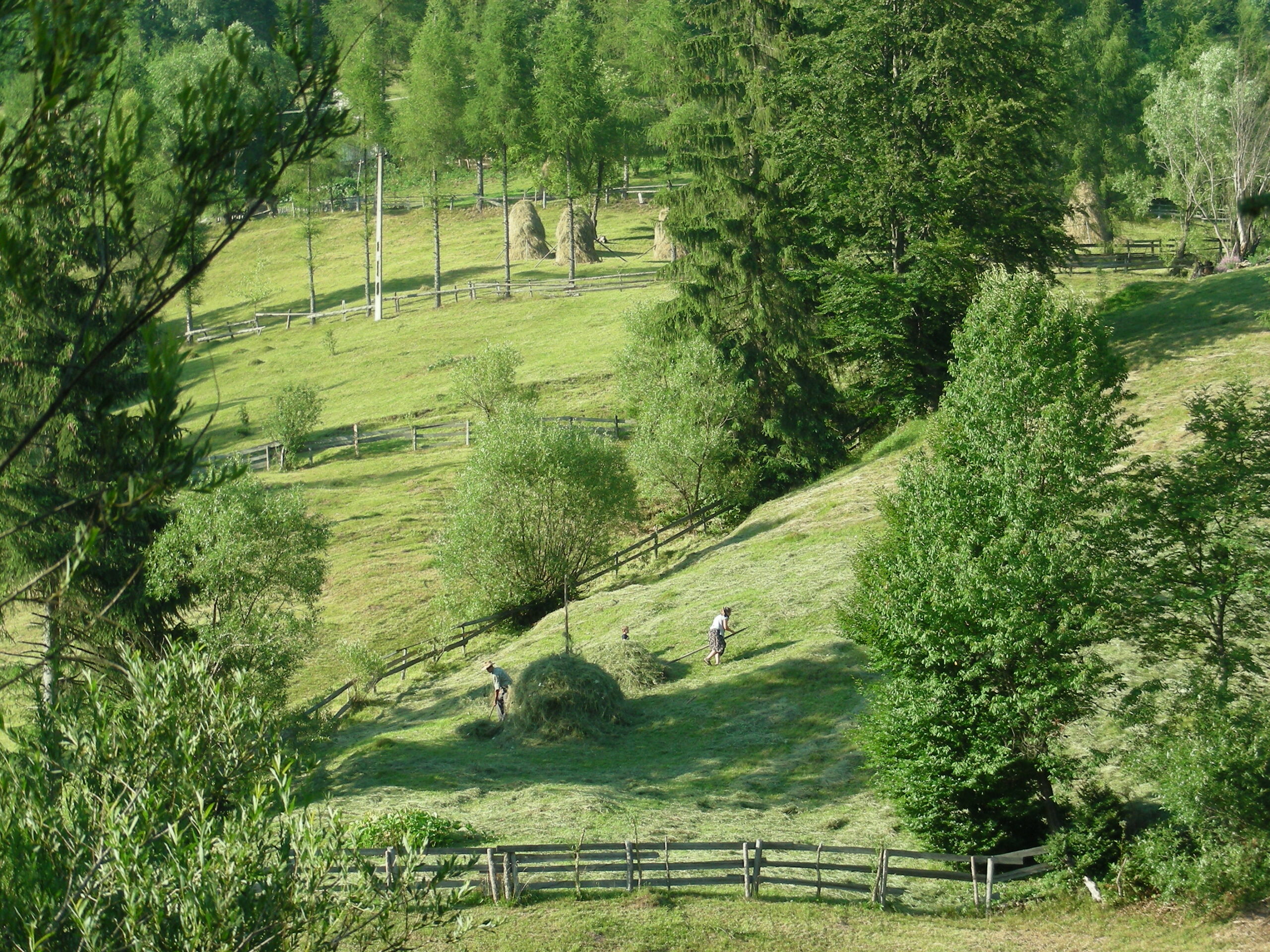
Fig. 3. Example of cultural landscape, copyright Hildegard Meyer / WWF CEE
What is referred as Nature?
A single definition of Nature does not exist. Its meaning has changed through its history, and multiple contemporary definitions (see Table 1 of Ducarme & Couvet, 2020) do not entail the same priorities, objects, and methods. They mainly differ in terms of inclusion of mankind or not, its dynamic or static quality and its inclusivity. Since these conceptions are deeply rooted in people, science cannot artificially standardize them. However, this diversity of conceptions can also be seen as a chance for conservation, as it can anchor inspiration for public action, help defining accurate environmental policies and set objectives in human–nature relationship, which are difficult to determine on a strictly scientific point of view (Ducarme & Couvet, 2020). To these regards, the NFF aims to capture the plurality of values that people associate to the concept of nature, instead of providing a single definition.
What is referred as Nature in agricultural landscapes across the three NFF corners?
The definition of nature in agricultural landscapes has been controversially discussed in previous engagement session about the NFF. In the Nature for Nature corner, the presence of natural non-productive features like shrubs, small landscape features, and stone walls, is enhanced (Fig.4).
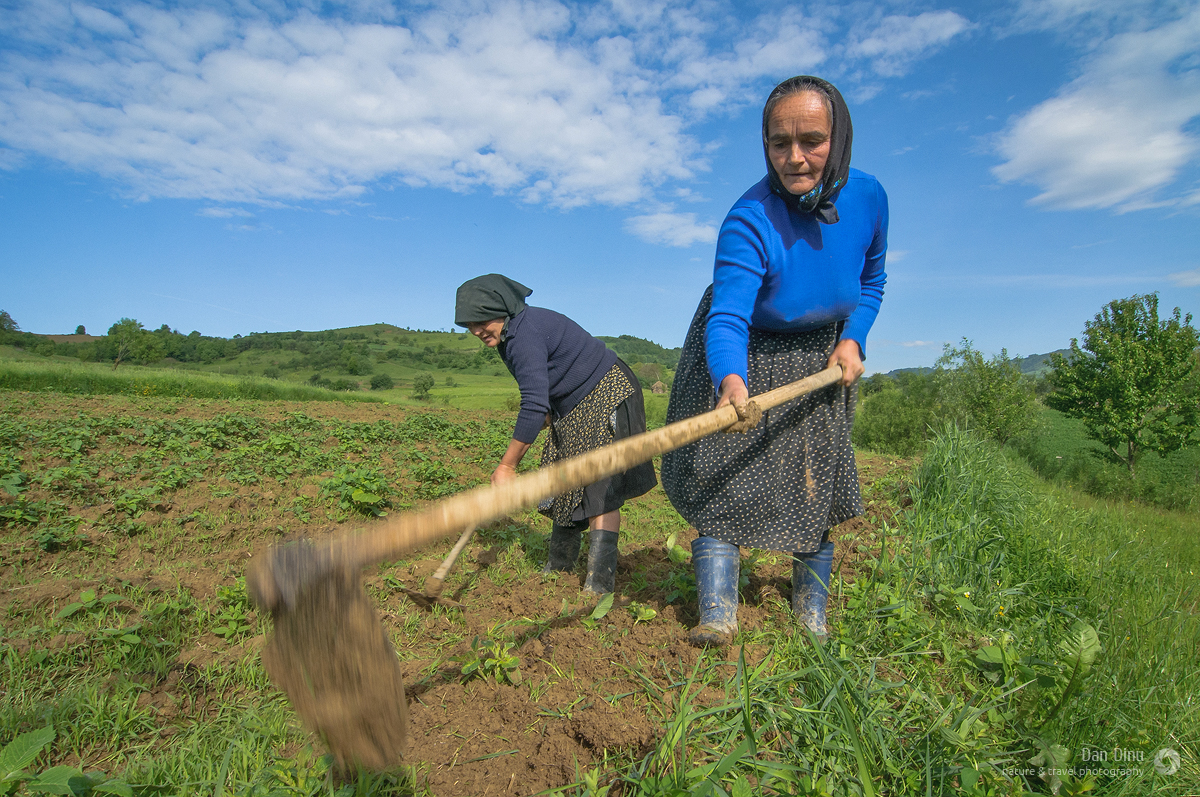
Fig. 4. Single trees diversify the landscape and increase its natural value. Copyright: Dan Dinu / WWF Romania
In the Nature for Society corner, natural features like high plant diversity patches and hedgerows are adopted as part of Nature Based Solutions, aimed at reducing chemical inputs and preserve viable pollinator populations (Fig.5).

Fig. 5. High plant diversity stripe. Copyright: Kari Schnellmann
Under a Nature as Culture perspective, nature is represented by meadows and grazing pastures that support the revitalization of agropastoralism (Fig. 6).
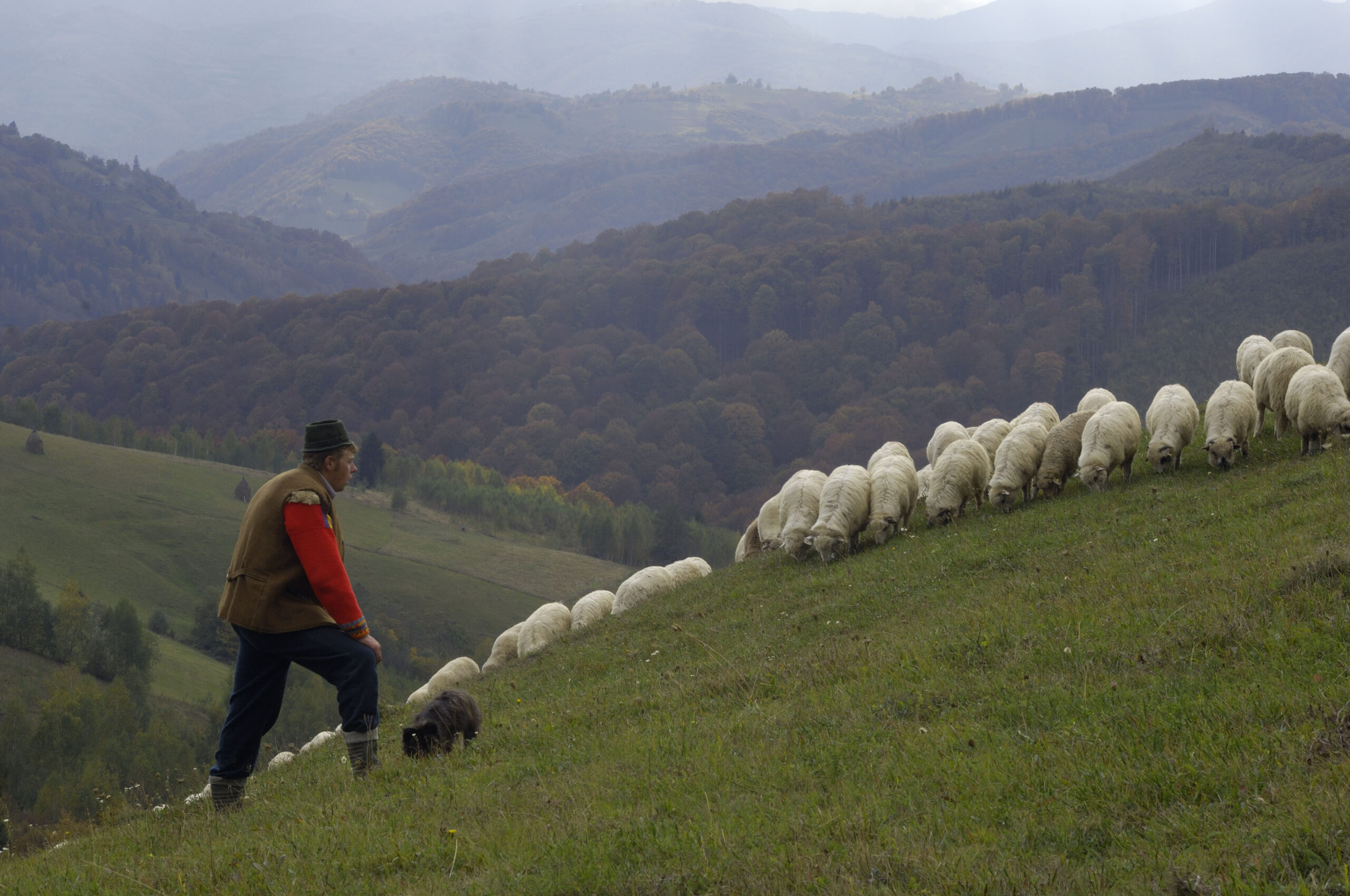
Fig. 6. Pasture in the mountains. Copyright: ©Wild Wonders of Europe//Cornelia Doerr
What is meant by scenarios, values and visions?
Scenarios—Plausible and often simplified descriptions of how the future may develop, based on a coherent and internally consistent set of assumptions about key driving forces and relationships. A scenario skeleton is a simplified outline of a scenario.
Values—A principle or core belief underpinning rules and moral judgements. Values as principles vary from one culture to another and also between individuals and groups.
Visions—A desirable state in the future and therefore, a component of scenarios (the possible future states), demarcated from predictions (likely future states) and pathways (that lead up to the vision). Visions are usually seen as a desirable image of the future and can be defined as a compelling, inspiring statement of the preferred future that the authors and those who subscribe to the vision want to create.
Definitions from Pereira et al., 2020.
References
Ducarme, F., Couvet, D., 2020. What does ‘nature’ mean? Palgrave Communications 6, 1–8. https://doi.org/10.1057/s41599-020-0390-y
IPBES, 2022. Information on advanced work on scenarios and models of biodiversity and ecosystem functions and services. In: Plenary of the Intergovernmental Science-Policy Platform on Biodiversity and Ecosystem Services, Ninth session, Bonn, Germany, 3–9 July 2022a, document IPBES/9/INF/16.
IUCN, 2014. Cultural landscapes and protected areas: Unfolding the linkages and synergies. https://www.iucn.org/content/cultural-landscapes-and-protected-areas-unfolding-linkages-and-synergies
Kim, H., Peterson, G., Cheung, W., Ferrier, S., Alkemade, R., Arneth, A., Kuiper, J.J., Okayasu, S., Pereira, L., Acosta, L.A., Chaplin-Kramer, R., Belder, E. den, Eddy, T., Johnson, J.A., Karlsson-Vinkhuyzen, S., Kok, M.T.J., Leadley, P., Leclère, D., Lundquist, C.J., Rondinini, C., Scholes, R.J., Schoolenberg, M., Shin, Y.-J., Stehfest, E., Stephenson, F., Visconti, P., Vuuren, D. van, Wabnitz, C., Alava, J.J., Cuadros-Casanova, I., Davies, K.K., Gasalla, M.A., Halouani, G., Harfoot, M., Hashimoto, S., Hickler, T., Hirsch, T., Kolomytsev, G., Miller, B.W., Ohashi, H., Palomo, M.G., Popp, A., Remme, R.P., Saito, O., Sumalia, U.R., Willcock, S., Pereira, H.M., 2023. Towards a better future for biodiversity and people: modelling Nature Futures. Global Environmental Change 82, 102681. https://doi.org/10.1016/j.gloenvcha.2023.102681
Mansur, A.V., McDonald, R.I., Güneralp, B., Kim, H., de Oliveira, J.A.P., Callaghan, C.T., Hamel, P., Kuiper, J.J., Wolff, M., Liebelt, V., Martins, I.S., Elmqvist, T., Pereira, H.M., 2022. Nature futures for the urban century: Integrating multiple values into urban management. Environmental Science & Policy 131, 46–56. https://doi.org/10.1016/j.envsci.2022.01.013
Pereira, L.M., Davies, K.K., Belder, E., Ferrier, S., Karlsson‐Vinkhuyzen, S., Kim, H., Kuiper, J.J., Okayasu, S., Palomo, M.G., Pereira, H.M., Peterson, G., Sathyapalan, J., Schoolenberg, M., Alkemade, R., Carvalho Ribeiro, S., Greenaway, A., Hauck, J., King, N., Lazarova, T., Ravera, F., Chettri, N., Cheung, W.W.L., Hendriks, R.J.J., Kolomytsev, G., Leadley, P., Metzger, J., Ninan, K.N., Pichs, R., Popp, A., Rondinini, C., Rosa, I., Vuuren, D., Lundquist, C.J., 2020. Developing multiscale and integrative nature–people scenarios using the Nature Futures Framework. People and Nature 2, 1172–1195. https://doi.org/10.1002/pan3.10146
Rosa, I.M.D., Pereira, H.M., Ferrier, S., Alkemade, R., Acosta, L.A., Akcakaya, H.R., den Belder, E., Fazel, A.M., Fujimori, S., Harfoot, M., Harhash, K.A., Harrison, P.A., Hauck, J., Hendriks, R.J.J., Hernández, G., Jetz, W., Karlsson-Vinkhuyzen, S.I., Kim, H., King, N., Kok, M.T.J., Kolomytsev, G.O., Lazarova, T., Leadley, P., Lundquist, C.J., García Márquez, J., Meyer, C., Navarro, L.M., Nesshöver, C., Ngo, H.T., Ninan, K.N., Palomo, M.G., Pereira, L.M., Peterson, G.D., Pichs, R., Popp, A., Purvis, A., Ravera, F., Rondinini, C., Sathyapalan, J., Schipper, A.M., Seppelt, R., Settele, J., Sitas, N., van Vuuren, D., 2017. Multiscale scenarios for nature futures. Nature Ecology and Evolution 1, 1416–1419. https://doi.org/10.1038/s41559-017-0273-9
UNESCO, n.d. Cultural landscapes. https://whc.unesco.org/en/culturallandscape/

